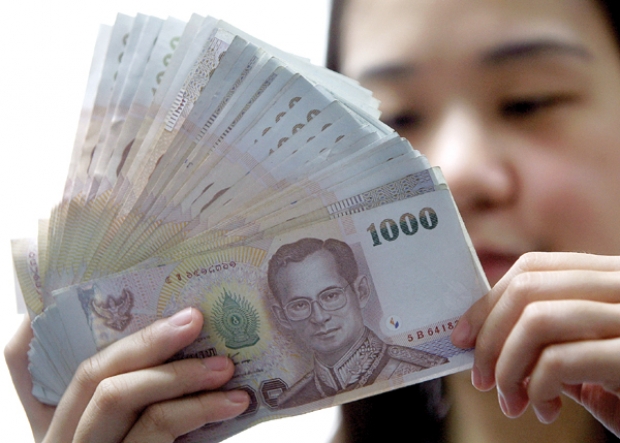
It’s Simple-Farangs Pay More. Huh!
A dirty little secret of Thailand is the practice of “Farang Price” versus Thai price. Thais pay the standard price, while farangs pay a higher price. That’s right! It’s setting prices according to ethnicity and race.
[Side note: A farang is Thai slang for a White person.]
You can find Farang Pricing almost anywhere, from small rural restaurants to government facilities. If you’re a first-time tourist to The Kingdom, you probably won’t even know it’s happening to you. Unless a price for an item or service is openly and clearly listed, you’ll often be charged more than a Thai.
Here’s some examples: If you buy food from a street vendor, let’s say Pad Thai, the vendor may charge you 50 baht, but a Thai might only be charged 40-45 baht. I bought a straw hat in Isaan for 55 baht from a small store in Yasoton. A Thai friend a half-hour earlier had bought the same hat from the same store for 50 baht.
The worst instance of Farang Pricing I’ve ever seen was at an upscale optometry store in Chiang Mai. I went there to get new glasses. (My Thai wife Jenny was with me but the store didn’t know.) I chose my glasses and new lenses and they figured up the bill to be almost $300. I said “no thanks” figuring for that price I might as well just get them made in the U.S. I walked over to my wife and told her the price and that I wouldn’t get the glasses here. My wife walked over to the sales clerk I had gotten the quote from and had a two
minute conversation filled with laughter. My wife waived me over and told me the total price for my glasses and new lenses was now $145! I’m not making this up.
As I’ve previously described, I often go on long fabric safaris to isolated areas of Siam.
Farang pricing is a definite hazard. So I never negotiate myself the price of fabric, especially silk fabric. I let my wife or my Thai friends do that. In fact, I make it a point to stay away from the bargaining. My mere presence would just drive the price upward if the vendor knew I was the real buyer.
But Disneyland charges different prices for admission. So what’s the problem?
I’ve heard Thais try to rationalize Farang Pricing. (They don’t deny it exists and is widely practiced.) They use Disneyland in California as an example, and say that California residents get a discount and everyone else has to pay a higher admission rate.
That analogy just doesn’t work. First, Disneyland isn’t making a distinction based upon race and ethnicity which Farang Pricing does. Secondly, Disneyland is giving Californians a discount for a purely business reason. Disney knows that when relatives and friends visit a Californian, Disneyland is a top choice where to take them. The discount encourages residents to take their visiting relatives and freinds to Disneyland. It’s similar to giving a discount for wholesale.
The Simple Defense: Farangs have more $$$ and can afford a higher price.
It’s true. The average White vacationer usually has more money than the Thai vendor. But, it’s never fun to get penalized because of your race or nationality.
Perspective is badly needed.
First, there’s often little you can do about it, even if you realize it’s happening to you. Secondly, it’s usually a small amount if your dealing with street vendors (the greatest culprits of Farang Pricing).
And lastly, it’s true that we Farang often do have far fatter wallets and can easily pay the higher price. If the vendor is poor, I actually don’t mind giving them the few more baht that they ask for. And if I’m at a restaurant, I’m a big tipper anyway.


Leave a Reply